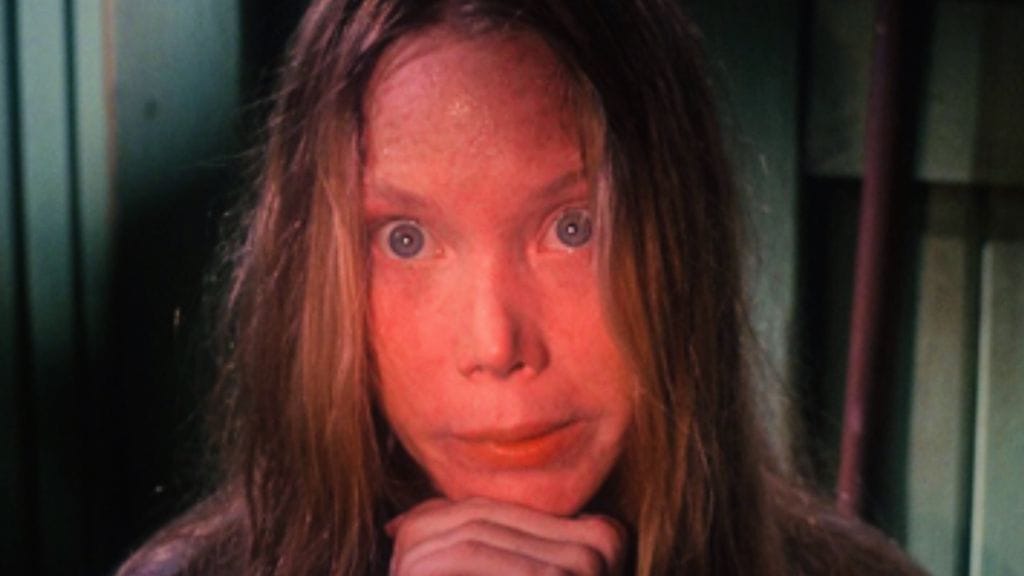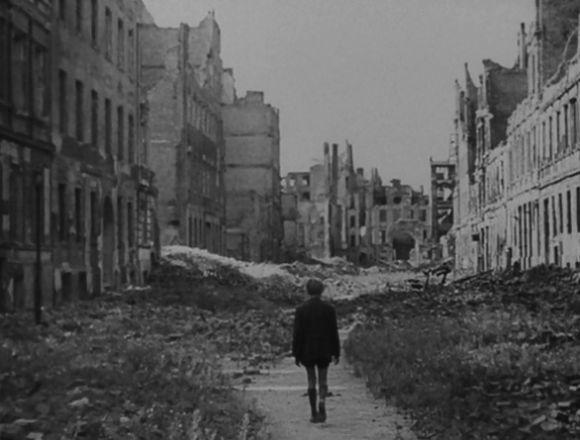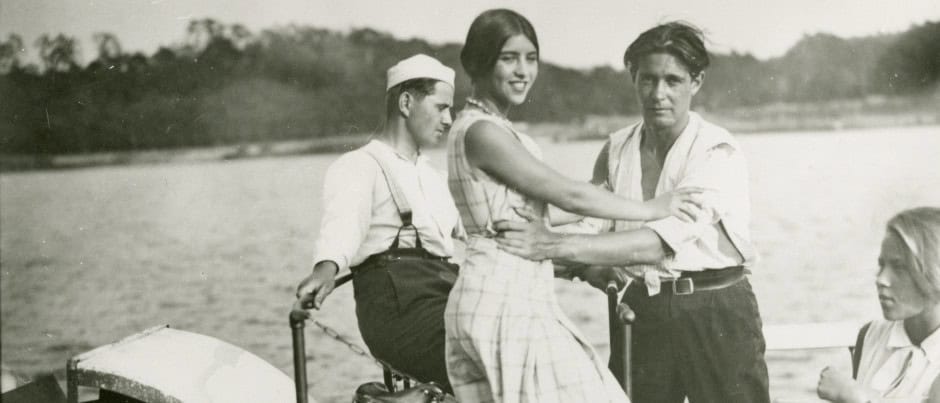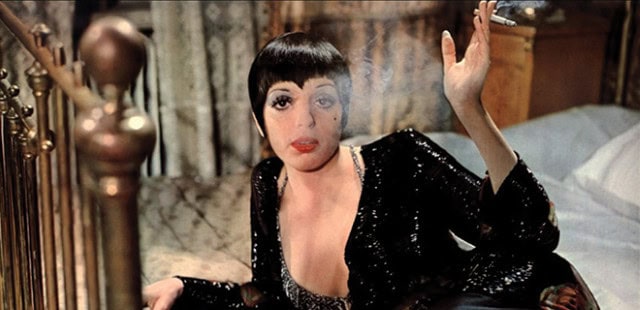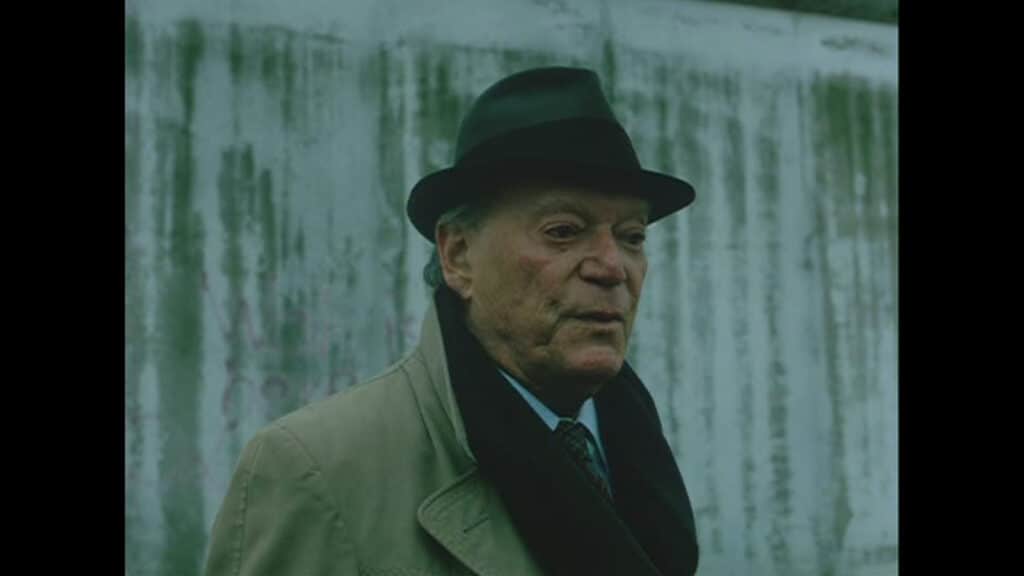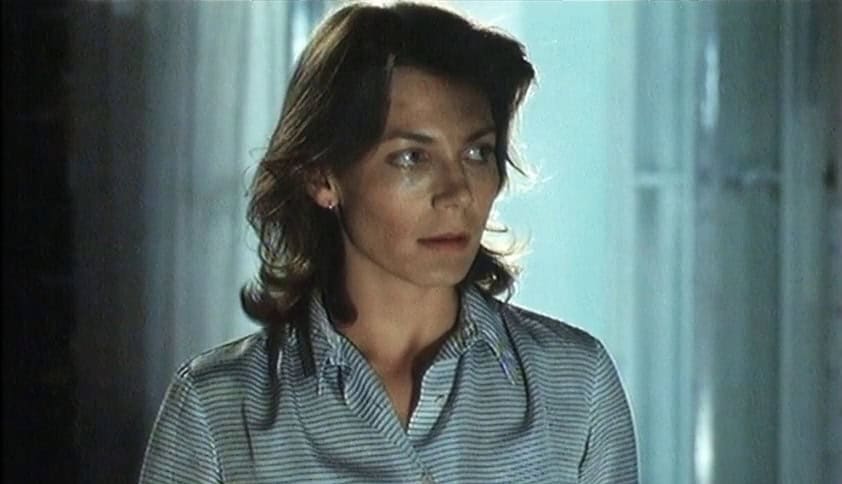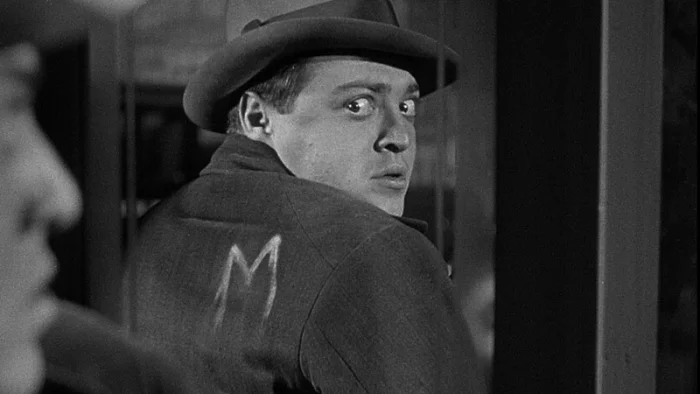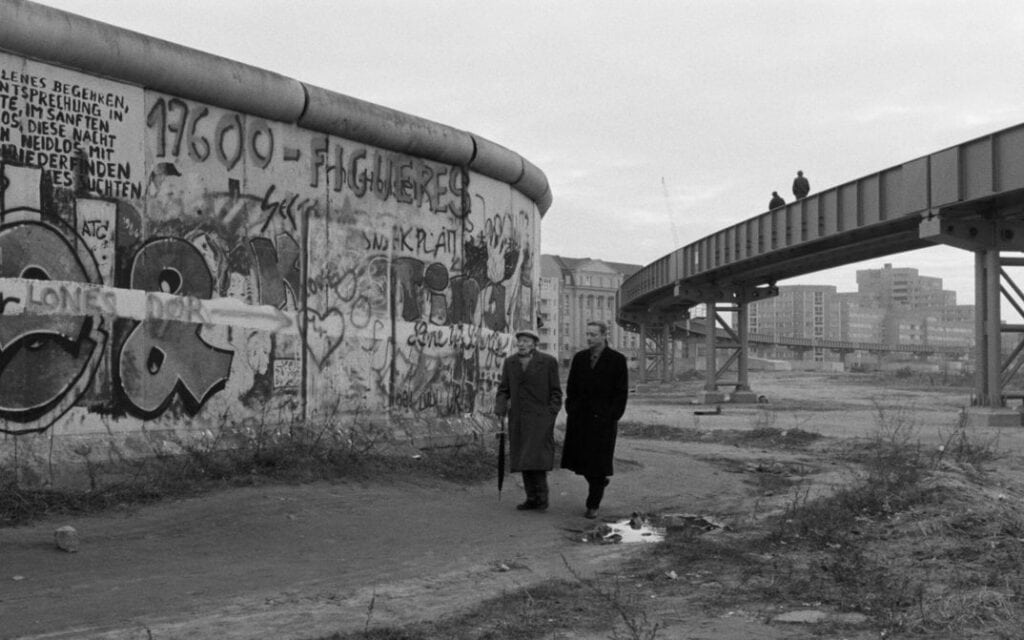Looking for a vintage horror movie that’s approved by the general public?
Here are the top 10 highest grossing horror movies of the 1970s.
Behold:
10. Texas Chainsaw Massacre (1974)

Total Gross Worldwide: $30,902,270 (The source for all box office numbers in this story is BoxOfficeMojo.com.)
Tobe Hooper’s classic horror movie just turned 50 this year. Following the unfortunate story of a group of young people who take an innocent trip to a remote house in Texas, they have no idea what’s coming to them when they encounter a strange hitchhiker.
This movie marks the beginning of one of the most iconic horror villains ever — Leatherface, who wields a chainsaw in order to murder his victims along with his cannibalistic family.
9. Carrie (1976)

Total Gross Worldwide: $33,801,936
Sissy Spacek stars in this unforgettable Stephen King adaptation about a teenage girl who gets pushed to the edge by high school bullies and her abusive, hyper-religious mother.
When she gets invited to the prom by a boy she likes, Carrie gets once last chance at a happy adolescent moment — until someone decides to play a mean trick on her. What they don’t know is that Carrie has supernatural telekinetic powers and she’s about to snap.
8. Halloween (1978)

Total Gross Worldwide: $47,160,941
Jamie Lee Curtis stars in this classic horror movie featuring iconic villain Mike Myers. Wearing a creepy mask, Myers has a penchant for murdering teenagers, and when he escapes from prison after murdering his sister 15 years earlier, he seeks more blood.
Curtis plays Laurie Strode, whom Myers starts stalking while looking for his next victim.
7. The Omen (1976)

Total Gross Worldwide: $60,922,980
In this classic horror film, a mother’s baby dies suddenly after birth and her husband replaces him with another baby without telling her. They name him Damien, and unfortunately for them, it turns out that baby is the antichrist.
Things get sticky when baby Damien scares animals and violently resists entering a church.
Also, it inspired the name of Damien Leone, whose Terrifier films are among the most successful recent horror franchises.
6. Young Frankenstein (1974)

Total Gross Worldwide: $86,274,794
There could be some debate as to whether Young Frankenstein belongs on this list, since its primarily a comedy. But it is considered a comedy-horror film, since it’s a parody of the horror genre, so we argue that it counts. It may not be as scary as the other films on this list, but it is certainly a genre film.
Starring Gene Wilder, this one is as funny as it is spooky.
Also! Please walk this way to 10 Behind the Scenes Stories of Young Frankenstein.
5. The Amityville Horror (1979)

Total Gross Worldwide: $86,432,000
Based on the experiences of the Lutz family in a house in Amityville, New York that they claim is haunted, The Amityville Horror stars James Brolin and Margot Kidder as a couple whose home is haunted by a demonic entity.
The validity of the story of the haunting at 112 Ocean Avenue has been debated over the years, but there really was a murder spree that took place there in 1974 when Ronald DeFeo Jr. shot and killed his of his family members there. He was convicted of second-degree murder and died in prison in 2021. Whether the haunting part is true or not is unknown, but the Amityville Horror movies are still a lot of fun.
4. Alien (1979)

Total Gross Worldwide: $108,591,169
This classic sci-fi horror film is so popular that it spawned a whole franchise. Starring Sigourney Weaver as Ellen Ripley, a member of the crew of the space ship Nostromo, it follows what happens when they discover an alien presence on board their ship.
It was followed by Aliens in 1986, along with several other Alien films, including the most recent installment, Alien: Romulus this year.
3. Jaws 2 (1978)

Total Gross Worldwide: $187,884,007
The sequel to the original Jaws may not have been as good as the original, but it still made a lot of money.
Like in the first movie, Sheriff Brody (Roy Scheider) tries to warn Mayor Vaughn (Murray Hamilton) that there’s a shark in the waters off of the touristed beach community of Amity Island.
And, having learned nothing from the horrors of the original movie, Mayor Vaughn again does not listen and innocent people are killed once again by a shark. Surprise, surprise. But this time, as you can see above, the shark catches on fire.
2. The Exorcist (1973)

Total Gross Worldwide: $430,872,776
One of the most iconic horror films of all time is The Exorcist, and it’s also loosely based on a true story. It follows an unfortunate young girl named Regan who gets possessed by the demon Pazuzu.
Much horror transpires as priests try to exorcise the demon out of poor Regan.
1. Jaws (1975)

Total Gross Worldwide: $477,220,580
Of course, topping our list of the highest grossing horror movies of the 1970s is Steven Spielberg’s 1975 horror classic, Jaws. It follows, as mentioned above, the fictional events of the beach town of Amity (also fictional) in which a giant Great White shark torments the waters, eating swimmers and beach goers.
Come for the surprisingly realistic looking shark, stay for Richard Dreyfuss and Robert Shaw, who play scientist Hooper and shark hunter Quint, respectively.
Like This List of Highest Grossing Horror Movies of the 1970s?

You might also like this list of The 10 Highest Grossing Horror Movies of the 1980s.
Main image: Texas Chainsaw Massacre, Bryanston Distributing Company, New Line Cinema
